Database with Built-in AI Capabilities
Check all SQL Server 2025 Features: https://learn.microsoft.com/en-us/sql/sql-server/what-s-new-in-sql-server-2025?view=sql-server-ver17#database-engine
SQL Server 2025 is equipped with a native vector data type, built-in vector search capabilities, and integrated model definitions that can be defined directly within T-SQL. It enables you to integrate with Azure AI Foundry, Azure OpenAI Service, Ollama, and OpenAI. It helps organizations develop AI-driven applications with fast and efficient processing of unstructured data, retrieval augmented generation (RAG) pattern solutions, and vector embedding generation and text chunking directly using T-SQL. SQL Server 2025 also supports Disk Approximate Nearest Neighbors (DiskANN) as a vector index, which can produce accurate, fast, and resource-efficient result sets.
SQL Server 2025 also integrates with popular AI frameworks, such as Semantic Kernel, Entity Framework Core, and LangChain. This integration helps organizations develop applications directly within the SQL Server ecosystem to bridge the gaps between a relational database engine and AI-driven workflows. You can use these large language models for querying in natural language, enhanced support for JSON, intelligent applications to execute tasks, generate dynamic reports, and develop AI-augmented models with hybrid (structured and semi-structured) data.
Vectors offer several benefits over traditional row-based data in AI, machine learning, and semantic search. A conventional search is based on the keyword. It struggles with the synonyms, ambiguous language, and fuzzy queries. Its result set is based on exact keyword matching. For example, Traditional SQL search looks for exact matches or patterns in the where clause with exact match (=’ Bike’) or likely match (e.g., LIKE ‘%bike%’). The Vector search is based on semantic, meaning-based matching vector using vector embeddings. It can handle synonyms, ambitious language, or fuzzy queries. It uses a similar matrix or score for its calculations. Helps you write queries like: “Find records similar in meaning to ‘bikes’,” even if those exact words aren’t present.
Real-time Data and Event Streaming
SQL Server 2025 provides native support for real-time data and event streaming using Azure Event Hubs, leveraging Change Event Streaming (CES). It provides capabilities for streaming SQL Server data changes to Azure Event Hubs destinations in real-time. It helps build event-driven systems with minimal overhead, facilitates data integration, implements real-time analytics, and tracks changes to sensitive data, including captured changes (updates, inserts, and deletes (DML)).
Security Enhancements
Zero Trust Principle is at the core of security for SQL Server 2025. It integrates with Microsoft Entra, an identity and access management solution featuring multi-factor authentication, RBAC (Role-Based Access Control), and condition-based policies. SQL Server 2025 enables organizations to use managed identities for both inbound and outbound connections to Azure services.
- Security Cache Invalidation: SQL Server maintains a security caching layer for storing the various securable objects at the database or server level that belong to users or logins. SQL Server 2025 invalidates the cache for a specific login, rather than invalidating the overall cache, to reduce the impact on the system.
- Enhanced Password Protection: SQL Server 2025 uses a password-based key derivation function (PBKDF) for enhancing password protection and follows NIST SP 800-63b compliance guidelines. The PBKDF hashes the password with 100,000 iterations.
- TDS 8.0: SQL Server 2025 supports Tabular Data Stream (TDS) 8.0.
- Linux Custom Password Policy: You can enforce a custom password policy for SQL Server on Linux using mssql-conf.
Performance Improvements
SQL Server 2025 performance improvements include tuning the high-concurrent environment by targeting architectural bottlenecks.
- Enable Optimized locking, which utilizes Transaction ID locking (TID) and lock-after-qualification (LAQ) features to improve concurrency by reducing or eliminating row and page locks acquired by the Data Modification Language (DML).
- Supports the Accelerated Database Recovery feature for TempDB that enables aggressive log truncation and Instantaneous transaction rollback.
- Place SQL Server on Linux TempDB on the tmpfs filesystem to enhance the TempDB-based workload performance, as it uses the RAM for faster throughput.
- Enhances the Intelligent Query Processing suite by Cardinality estimation feedback for expressions, Optional Parameter Plan Optimization (OPPO), Query Store for readable secondaries, Degree of parallelism (DOP) feedback (default), Optimized Halloween protection.
- Optimized sp_executesql: If you have large dynamic SQLs, sp_executesql can currently cause a compilation storm due to the simultaneous compilation of many queries. SQL Server 2025 optimizes sp_executesql for improved performance and reduces resource contention in dynamic SQL statements.
- Supports the ZSTD algorithm for backups, which is a fast and effective backup compression algorithm.
- Supports TempDB space resource governance that improves system reliability. It can also prevent unwanted outages by preventing workloads from consuming excessive space in TempDB.
Fabric Integration
Microsoft Fabric provides an end-to-end, unified data platform that brings together all data tools, services, and workloads, including Data Engineering, Data Factory, Data Science, Data Warehouse, Databases, and Real-time analytics. It eliminates the requirement of extensive ETL processes and allows you to build an AI application directly with SQL Server.
SQL Server 2025 natively integrates with Microsoft Fabric. Therefore, it brings real-time data analytics directly to SQL Server, eliminating the need for a complex ETL tool’s processing. Applications can query data with no latency, simplified governance, and reduce operational overhead in bringing data into the staging world for processing before using it with tools such as Power BI and Synapse.
New SQL Server 2025 Standard Developer Edition
Prior SQL Server development editions were equivalent to the Enterprise edition in features. Sometimes, issues arise when you test things in development editions, but your production environment uses the standard edition.
Therefore, SQL Server 2025 has two development editions:
- Standard Developer Edition: It is equivalent to the SQL Server 2025 Standard Edition features.
- Enterprise Developer Edition: It is equivalent to SQL Server 2025 Enterprise edition features.
If your production environment is of Standard edition, it’s best to use Standard Developer edition for better feature compatibility.

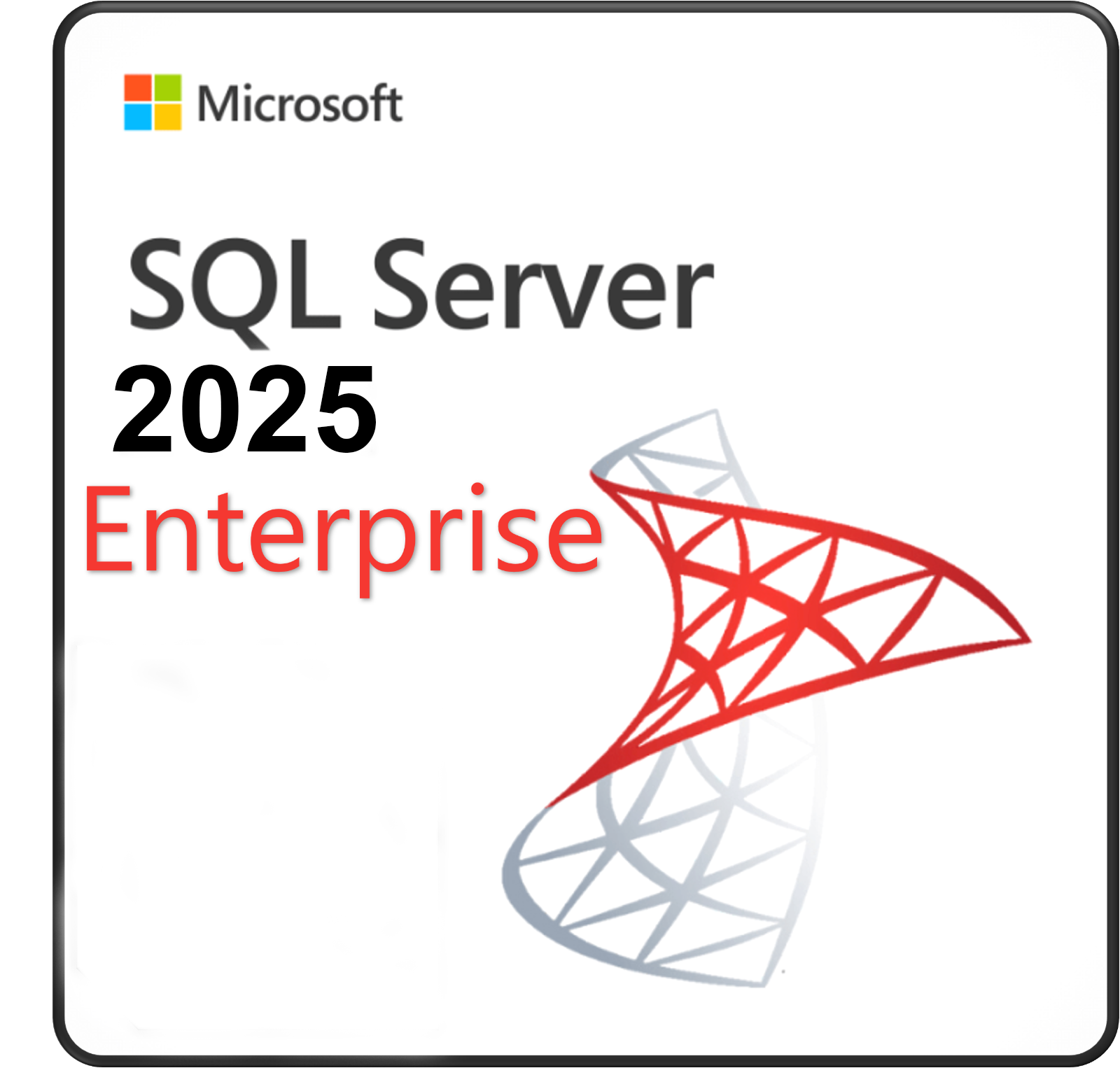
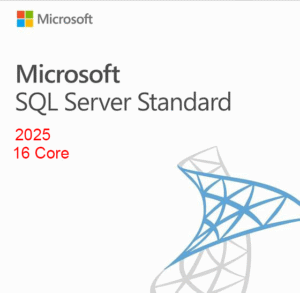
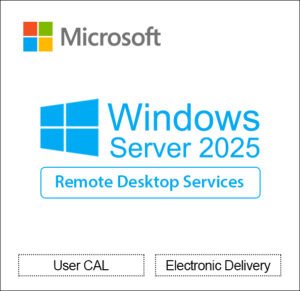
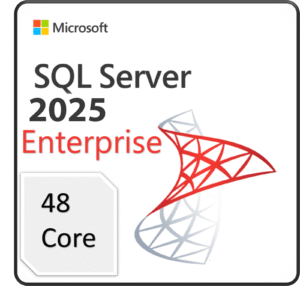
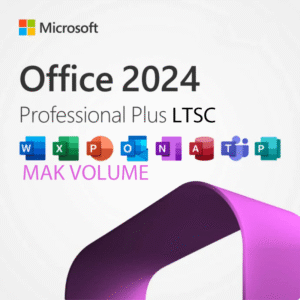
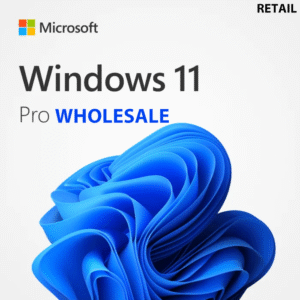
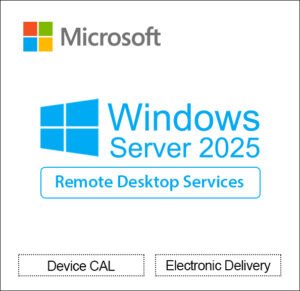
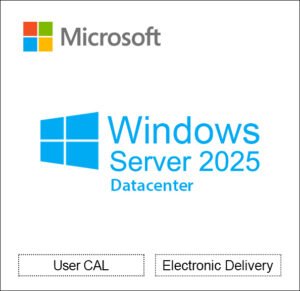
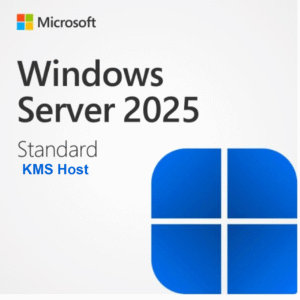
CodingPC ******** –
Excelent service by yoursoftwarekeys